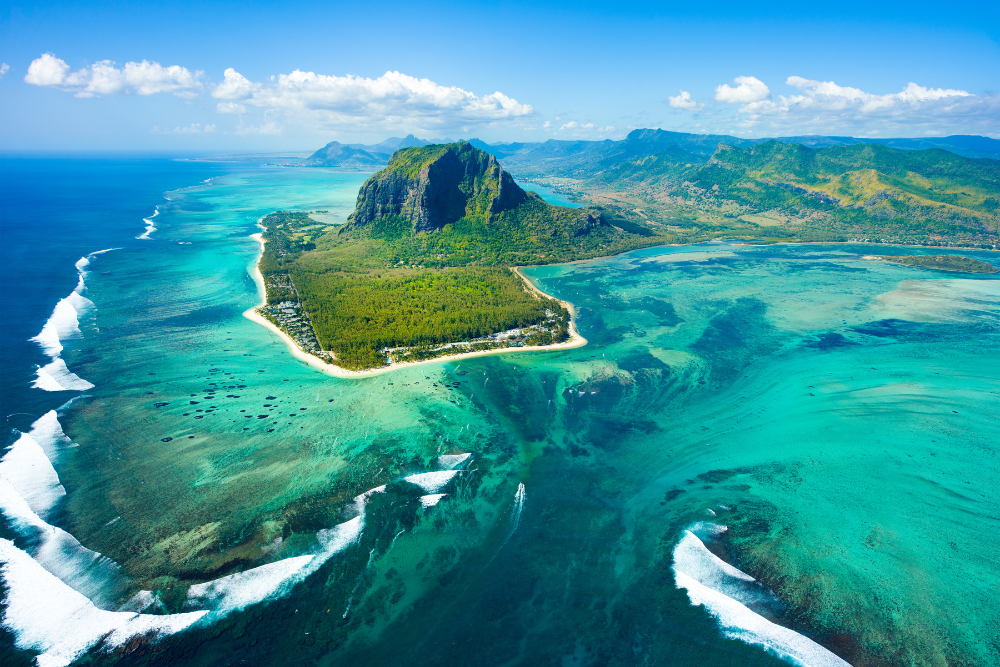Nestled in the turquoise waters of the Indian Ocean, Mauritius is not only celebrated for its pristine beaches and vibrant culture but also for its breathtaking geological formations. The island’s unique geological history, shaped by volcanic activity, erosion, and sedimentation, has given rise to a range of stunning natural wonders. This blog explores some of the most remarkable geological formations in Mauritius, perfect for nature lovers, adventure seekers, and those looking to discover the hidden gems of this tropical paradise.
The Formation of Mauritius
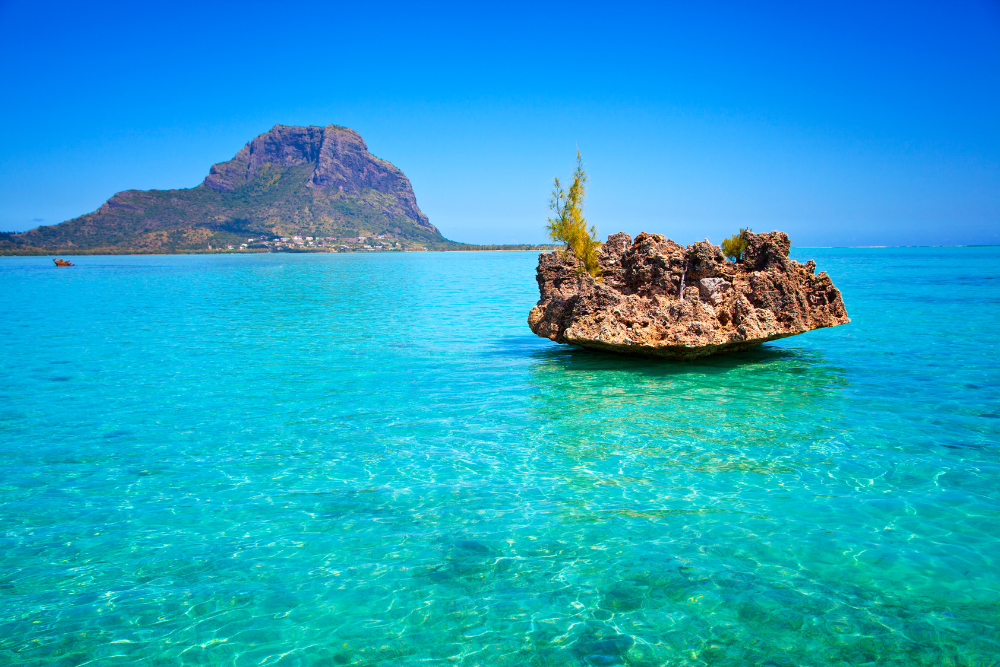
Mauritius is primarily volcanic in origin, formed about 8 million years ago by a series of volcanic eruptions. The island’s geology is characterized by basaltic rocks and remnants of ancient volcanic craters. Over the years, erosion and the effects of weather have sculpted the landscape into the stunning features we see today.
1. Le Morne Brabant: A UNESCO World Heritage Site

Le Morne Brabant is perhaps the most iconic geological formation in Mauritius. This towering basaltic mountain, standing at 556 meters, is a symbol of freedom for the island’s enslaved people who sought refuge there.
Natural Beauty and Activities
The breathtaking views from the summit of Le Morne make it a must-visit destination. The trek to the top is challenging but rewarding, offering panoramic vistas of the surrounding lagoons, coral reefs, and the Indian Ocean. The area is also a UNESCO World Heritage Site, recognized for its cultural significance and natural beauty.
2. The Seven Colored Earths
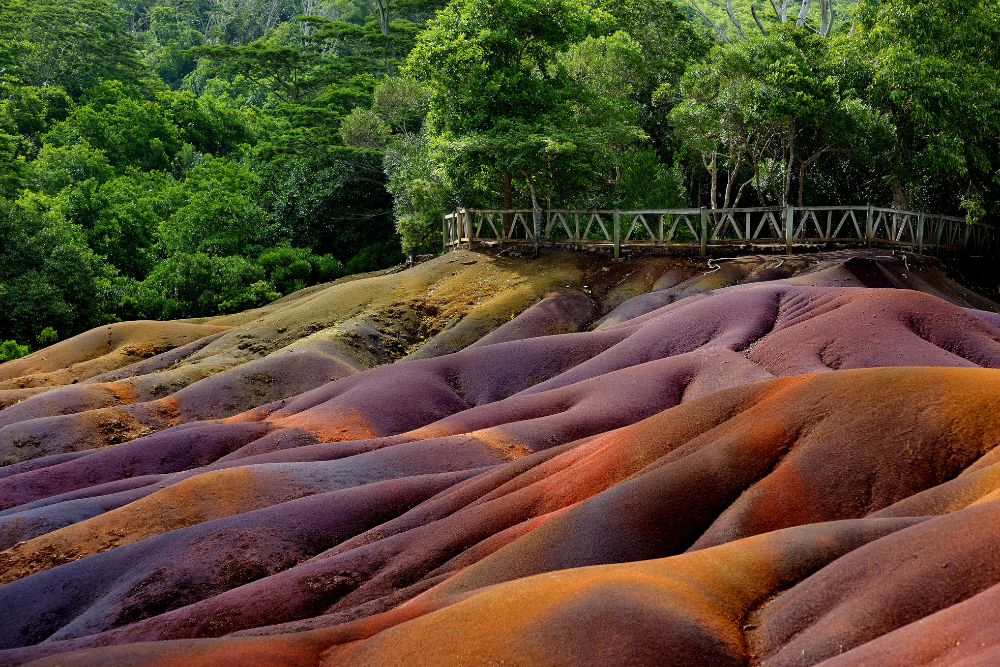
Located in the Chamarel region, the Seven Colored Earths is a geological marvel that attracts visitors from around the globe. This unique formation consists of dunes of different colored sands—ranging from red, brown, violet, blue, green, and yellow—created by the cooling and weathering of volcanic rocks.
Exploring the Site
Visitors can explore the site through a designated viewing platform that offers an unobstructed view of the colorful dunes. The phenomenon is best observed after rainfall when the colors are most vibrant. Nearby, you can also visit the Chamarel Waterfall, which cascades down 83 meters and provides another stunning backdrop for photography.
3. Black River Gorges National Park

Black River Gorges National Park is the largest national park in Mauritius, covering an area of over 68 square kilometers. This park is home to a diverse range of flora and fauna, some of which are endemic to the island.
Geological Features
The park’s dramatic landscape includes steep gorges, ravines, and breathtaking waterfalls. The park is also the site of several hiking trails, ranging from easy walks to more challenging treks that lead you to the summit of the park’s highest peaks. Birdwatching is particularly rewarding here, as the park is home to species like the Mauritian kestrel and the echo parakeet.
4. The Natural Bridge
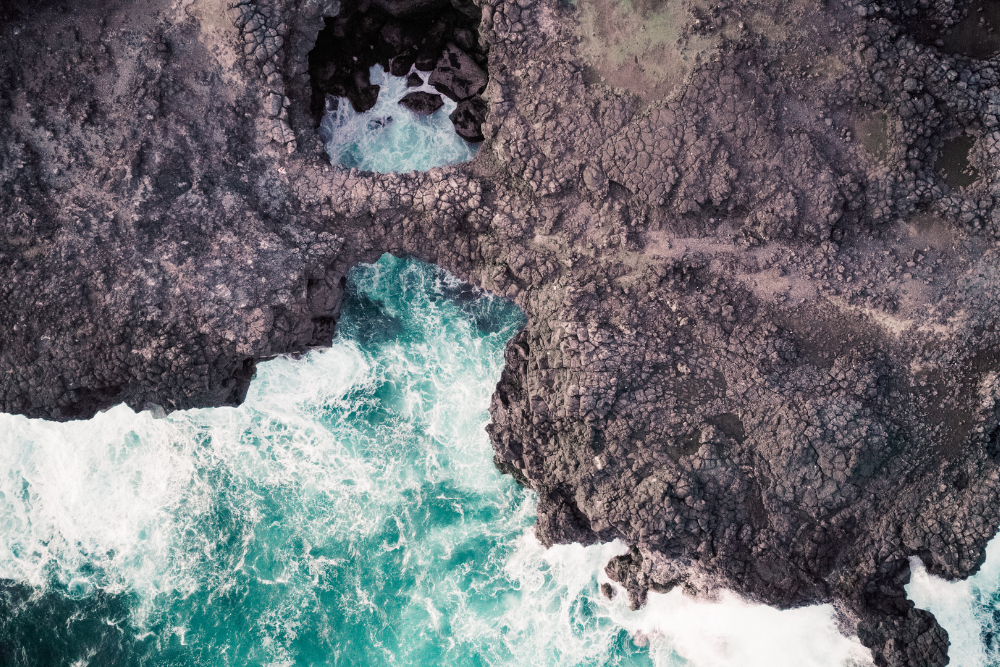
Located near the town of Souillac, the Natural Bridge is a stunning rock formation that has been sculpted by the relentless action of the waves over centuries. This naturally formed bridge, which arches over the ocean, offers breathtaking views of the coastline and the surrounding turquoise waters.
Visiting Tips
The Natural Bridge is a fantastic spot for photography, especially during sunrise or sunset. Be cautious as the waves can be powerful, but the views make it worth the visit. Nearby, you can also explore the nearby cliffs and rock pools, which are great for a leisurely stroll.
5. Ile aux Serpents: The Serpent Island
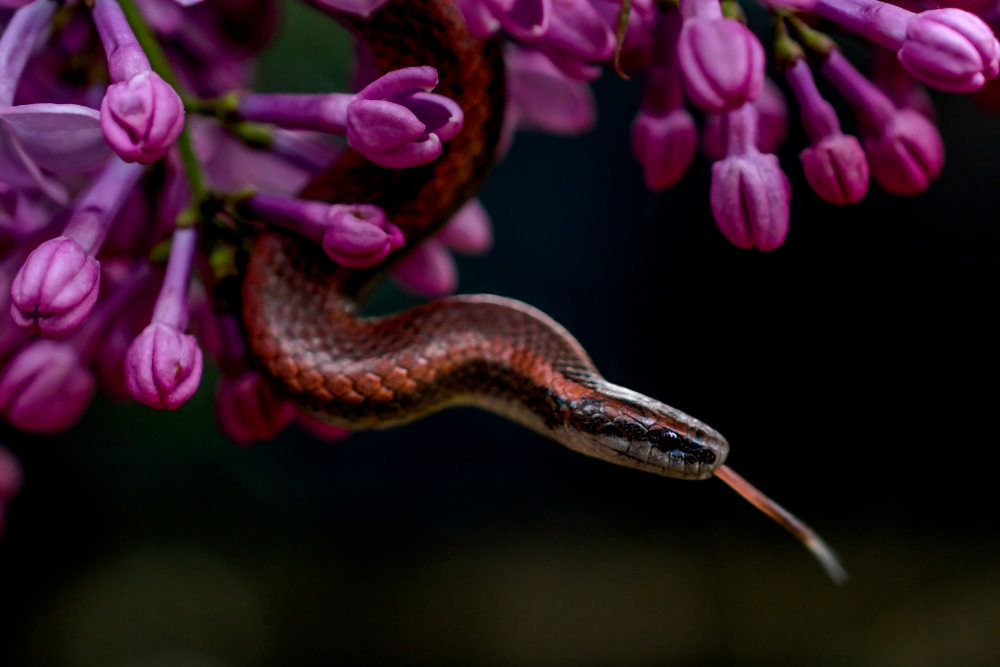
Ile aux Serpents, or Snake Island, is a small uninhabited island located off the northeastern coast of Mauritius. The island features dramatic cliffs and is surrounded by crystal-clear waters, making it an ideal spot for snorkeling and diving.
Marine Life and Exploration
While the island itself is not easily accessible, the surrounding waters are teeming with marine life. Divers and snorkelers can explore vibrant coral reefs, home to a plethora of tropical fish. The geological formations underwater are just as stunning as those above, featuring caves, drop-offs, and intricate coral structures.
Keywords: Ile aux Serpents, snorkeling, diving, marine life
6. The Trou aux Cerfs Crater
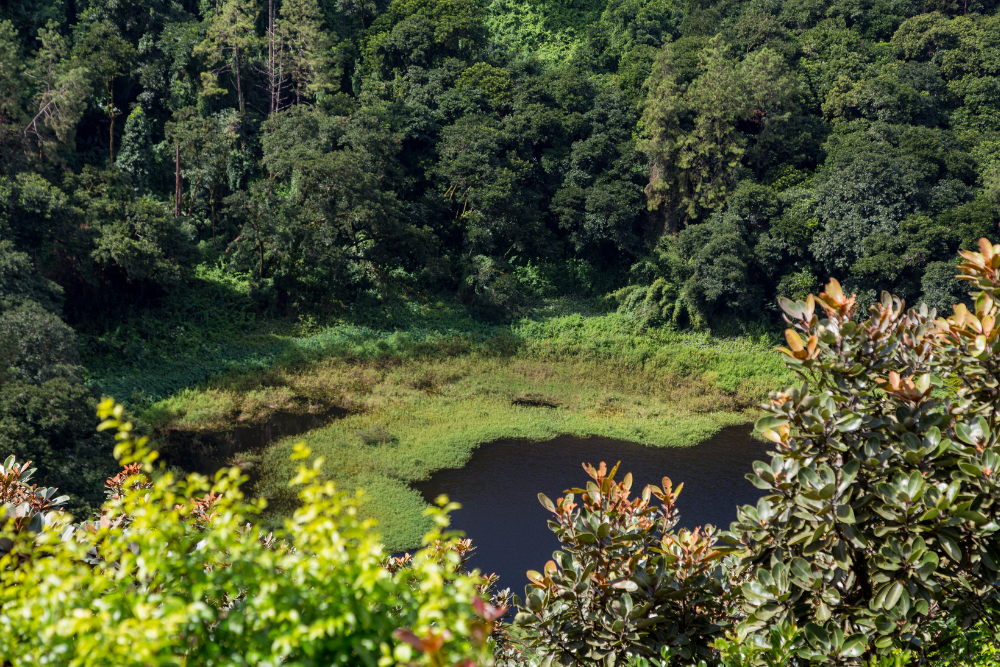
Trou aux Cerfs is a dormant volcano located near Curepipe. The crater, approximately 300 meters in diameter and 85 meters deep, offers visitors a glimpse into the island’s volcanic past.
A Scenic Viewpoint
The summit of the crater provides panoramic views of the surrounding area, including the city of Curepipe and the distant coastline. A walking trail encircles the crater, making it an excellent spot for a leisurely hike amidst lush greenery and local flora.
7. Grand Bassin: The Sacred Lake

Grand Bassin, also known as Ganga Talao, is a volcanic crater lake located in the heart of Mauritius. Considered a sacred site for Hindus, it is surrounded by temples and statues of deities, making it a significant cultural and spiritual landmark.
Cultural Significance and Beauty
The lake is not only a geological wonder but also a place of pilgrimage during the Maha Shivaratri festival, when thousands of devotees make the journey to pay their respects. The surrounding hills and lush vegetation enhance the serene beauty of the area, making it a peaceful retreat.
8. The Tamarin Falls

Located in the western part of the island, Tamarin Falls is a spectacular series of waterfalls cascading through a lush, tropical landscape. The falls are composed of seven distinct waterfalls, each surrounded by dense vegetation and rich wildlife.
Adventure Activities
Visitors can embark on guided hikes to reach the various levels of the falls, making it an ideal spot for adventure enthusiasts. Swimming in the natural pools at the base of the falls is also a popular activity, providing a refreshing escape from the tropical heat.
Conclusion: A Geological Paradise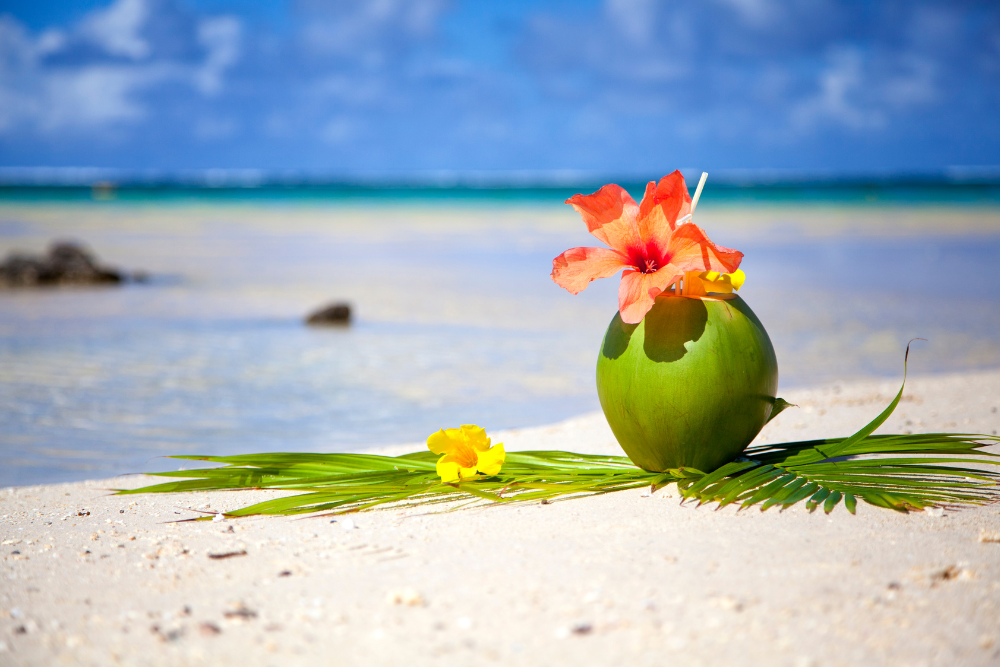
Mauritius is a treasure trove of natural wonders, with its stunning geological formations offering something for every type of traveler. From the iconic Le Morne Brabant to the colorful sands of the Seven Colored Earths, each site tells a story of the island’s volcanic past and its ongoing natural evolution.
Whether you’re an adventure seeker looking for outdoor activities or a nature lover wanting to explore unique geological formations, Mauritius has it all. Plan your visit to this island paradise and experience its breathtaking landscapes and rich cultural heritage firsthand.
As you traverse the diverse terrains of Mauritius, you’ll come to appreciate not only its natural beauty but also the geological processes that have shaped this remarkable island over millions of years. Discover the wonders of Mauritius and immerse yourself in the enchanting landscapes that await you!



